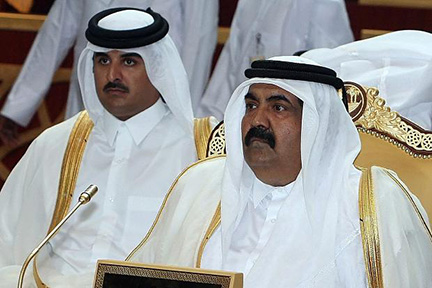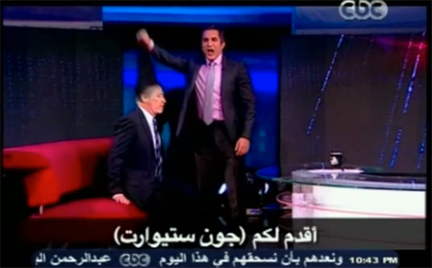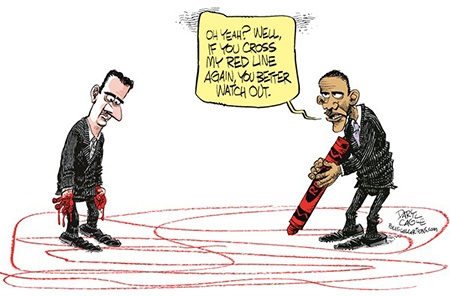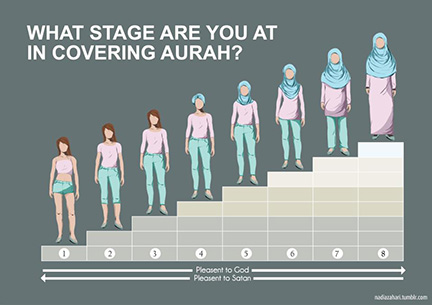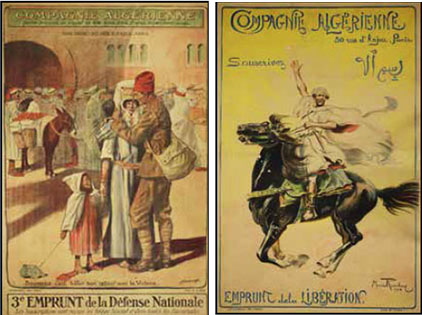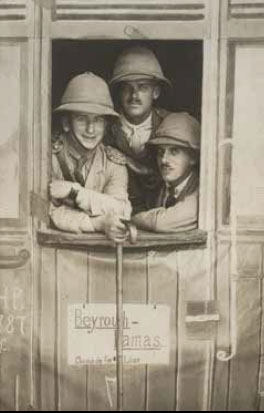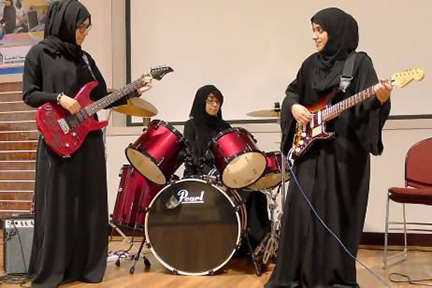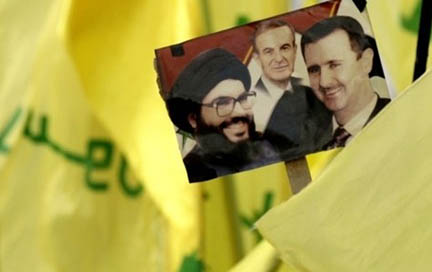
ebanese Hezbollah supporters hold a picture of Hezbollah leader Hassan Nasrallah (L), Syrian President Bashar al-Assad (R) and his late father President Hafez al-Assad (C) in Bint Jbeil on September 22, 2012 (AFP)
[This post was first written a month ago and recently published in Middle East Muddle on Anthropology News.]
The bullet and bomb-blast battle of the bullies is raging in Syria. The biggest bully is Bashar al-Asad, son of Hafez al-Asad who in February, 1982, sent his troops into the city of Homs and slaughtered between 10,000-40,000 civilians who dared to oppose his dictatorial rule. Hafez has slain his thousands, Bashar his tens of thousands. One estimate, reported by Reuters, estimates that between 94,000 and 120,000 Syrians have died in the wake of the Arab Spring that toppled other long-standing dictator regimes. Over a million and half Syrians are refugees who have fled the fighting to neighboring countries, where many do not find even the most basic humanitarian aid. Millions within Syria are in desperate shape, victimized by all sides. But the bully of Damascus hangs on, with Russian backing and Iranian duplicity.
There are other bullies in this fight, from a small faction of radical Muslims intent on reinstalling a caliphate where the Umayyads once ruled to seemingly secular-minded opponents of Asad’s brutal policies. And recently a new bully has arrived, the Hezbollah Hezbullies who control southern Lebanon and thrive as a thorn in the side of Israel. Israel, thus far, has mainly watched from the sidelines, no doubt content to see a bloodbath not directed at them. There was a sharp military response a couple of weeks ago to what appeared to be stockpiles of weapons from Iran on the Damascus road to Hezbollah. Continue reading Hezbullies
